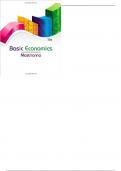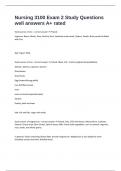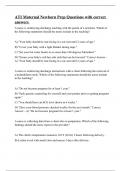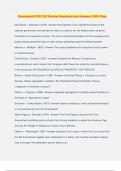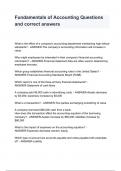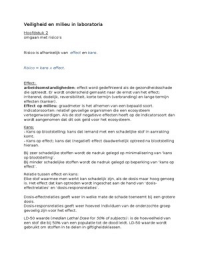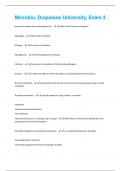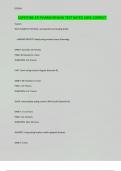Exam (elaborations)
Test Bank For Basic Economics 16th Edition by Mastrianna
- Course
- Institution
Chapter 4—Price: The Role of Demand and Supply MULTIPLE CHOICE 1. 2. 3. 4. 5. 6. For demand to exist, there must be a. a desire and an ability to buy. b. a supply of the product in the market. c. a price that is low enough to permit all consumers to afford the product. d. All of these...
[Show more]
